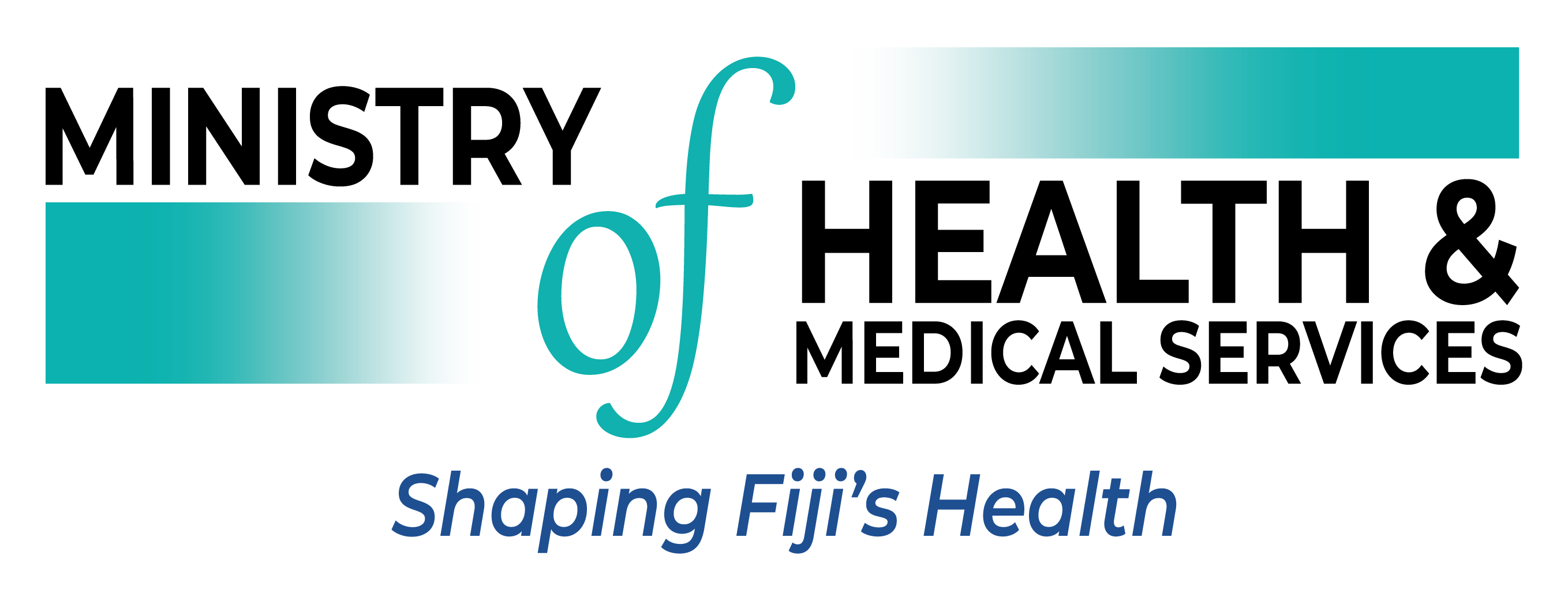END OF DENGUE FEVER AND LEPTOSPIROSIS OUTBREAKS
MEDIA STATEMENT: For Release 23/07/2024 The Ministry of Health and Medical Services is announcing the end of the outbreaks of leptospirosis in the Western Division and Kadavu and the end of the outbreaks of dengue fever in the Western Division and Ovalau that were declared on April 29th this year. A declining trend of case…
